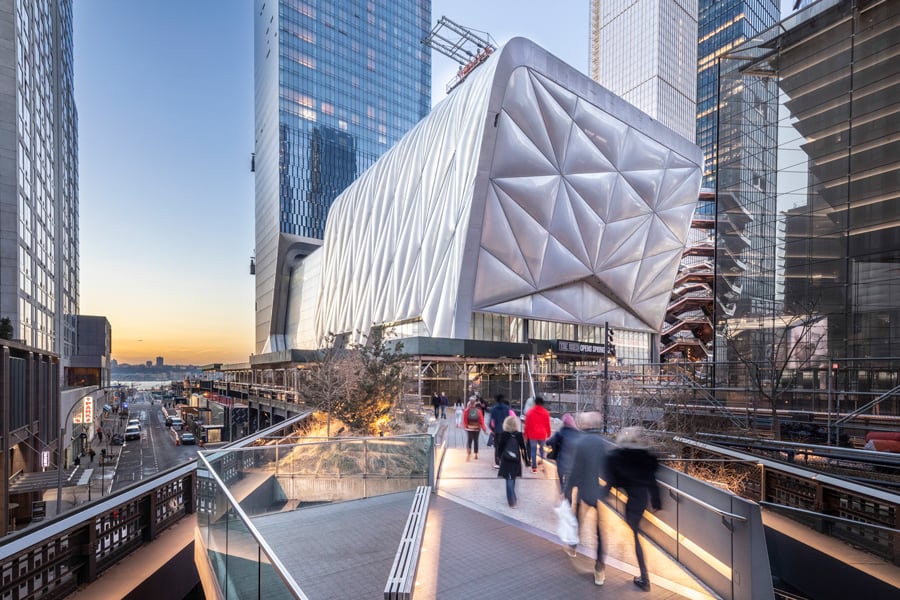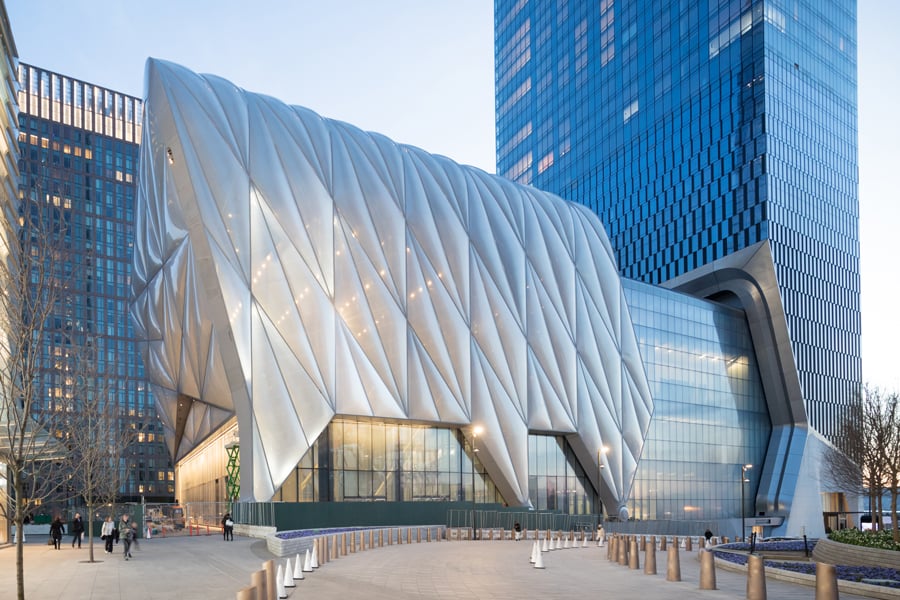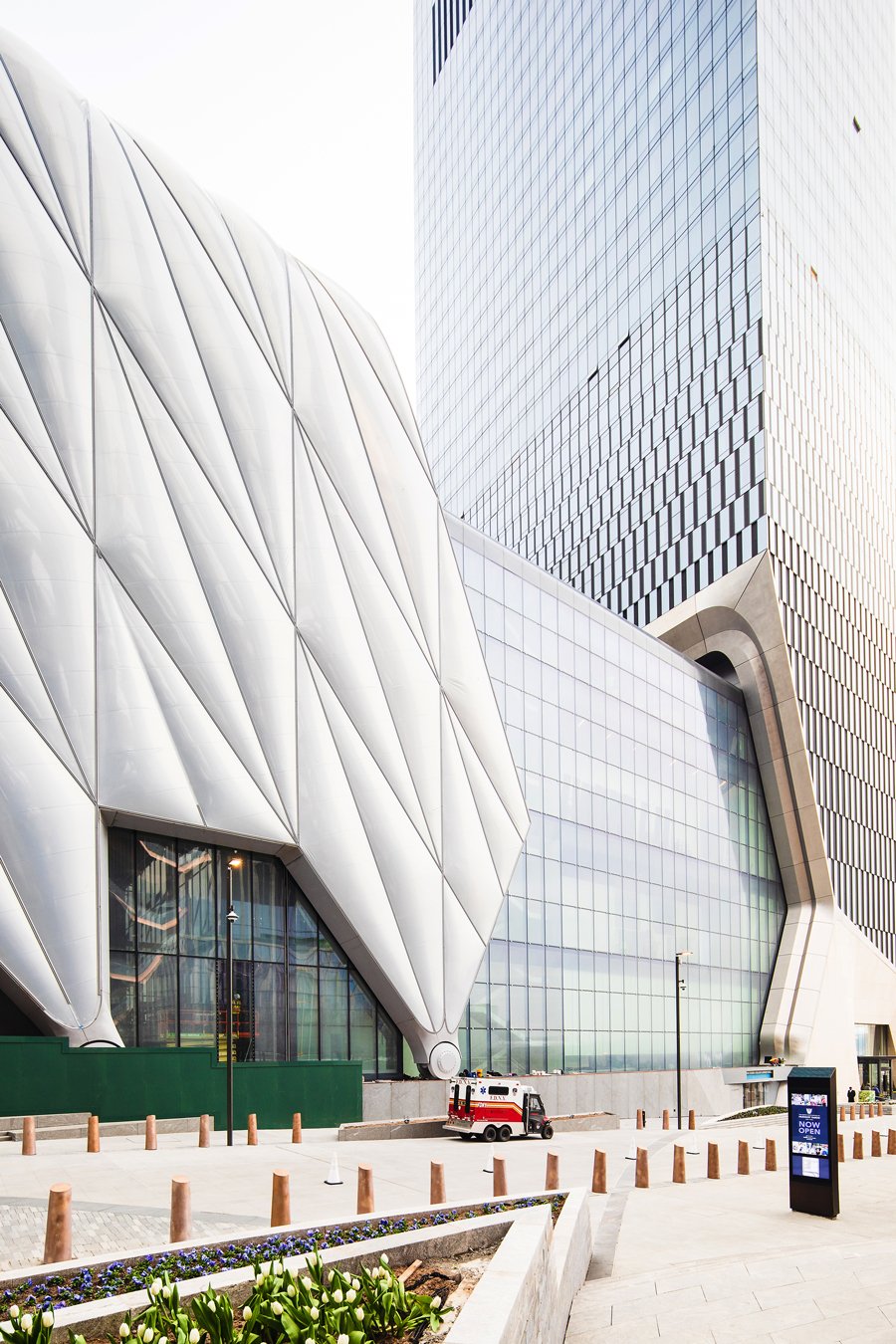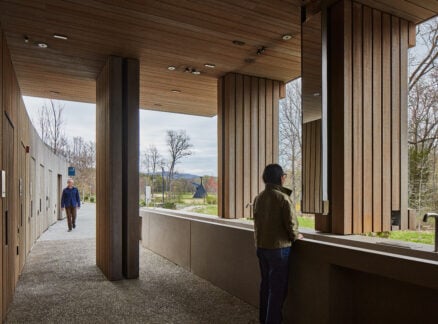
May 30, 2019
How the Shed Effortlessly Glides Open and Closed
The new cultural hub, designed by DS+R with Rockwell Group, moves on a unique system of steel wheels, or bogies.

The Shed, New York’s newest cultural amenity at the southern edge of Hudson Yards, opened in April amid performances and noxious levels of developer-stoked hype. Perhaps its most conspicuous detail was its café, named Cedric’s after the English architect Cedric Price, whose presciently cybernetic Fun Palace concept (1964) posited an architecture of true flexibility.
Nearly six decades later, the Shed realizes this long-deferred promise, says Elizabeth Diller of Diller Scofidio + Renfro (DS+R), which shares design credit with Rockwell Group. “It’s flexible all the way down to the footprint,” she explains. “Price talked about an architecture for an unknowable future, and that’s really what the Shed became.”
But only one component of the 200,000-square-foot, $475 million project is flexible in the manner that Price’s scheme suggested—a thermally conditioned, mobile shell nested over the workaday base building. Called the McCourt, the Shed-qua-shed is a spare construction (“all muscle, no fat,” Diller says), comprising an eight-million-pound steel exoskeleton and ETFE cladding, beguilingly distended through the steel matrix.
Arranged in a diagrid, the structure bundles up at six points, resting on steel wheels called bogies. These run on two tracks and propel the shell in the direction of the High Line with the efficiency of a Prius, Diller states proudly.
“The idea really comes from utility,” she adds. “Our culture typically responds [to this prompt] in a generic way. But I strongly thought the project wanted to be an architecture of distinction.” And of farcical expenditure—all wrapped up in a utilitarian name.
You may also enjoy “The TWA Hotel’s Interiors Aim to Recapture Midcentury Glam.”
Would you like to comment on this article? Send your thoughts to: [email protected]














